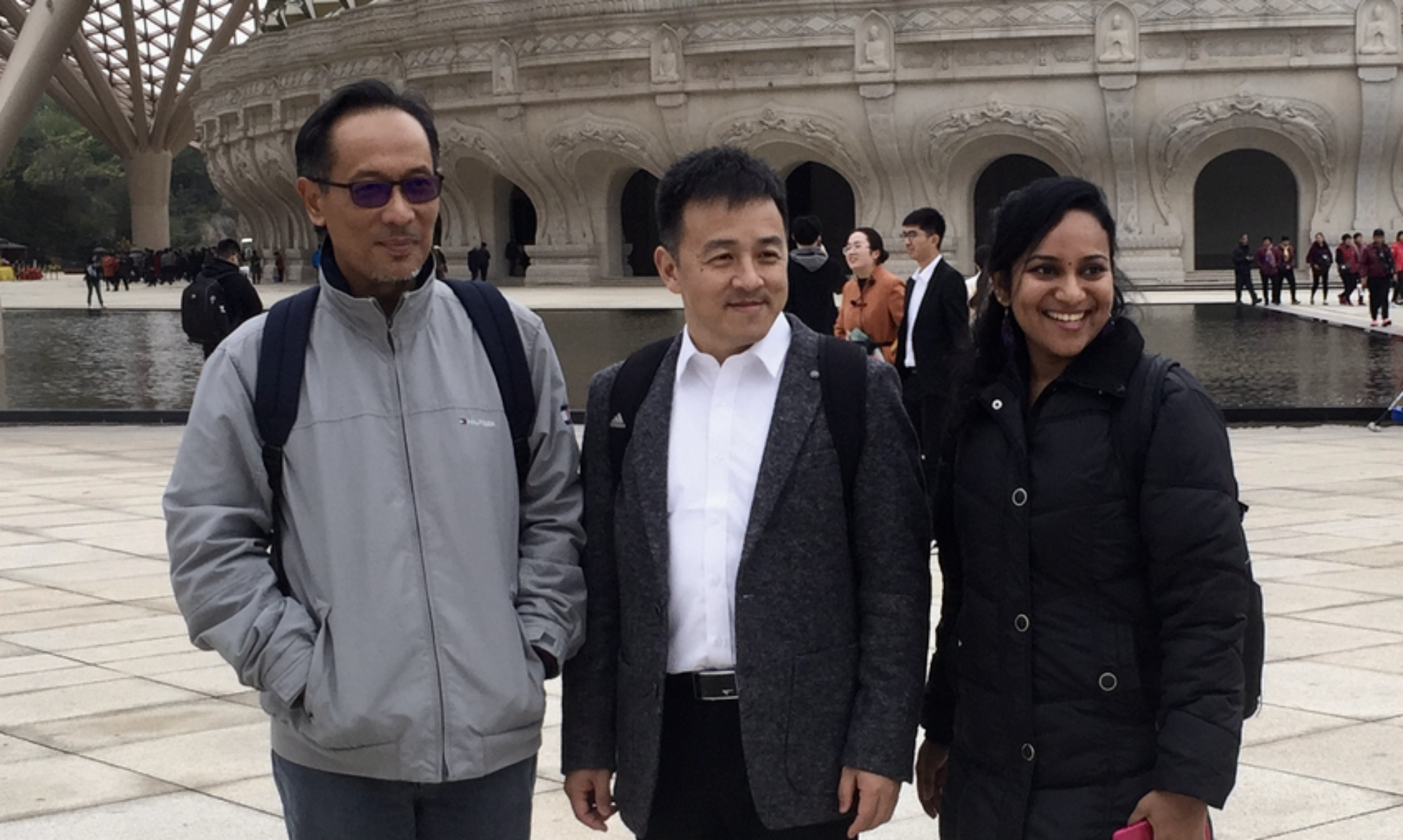#COVID-19#Work from home
Working from home does not stop from work and progress and research from moving forward.
In-fact, personally I feel it have been more fruitful with better time management. With regards of work, there are/ were many meetings, courses, talks organised online. Which makes one easy to attend: saving cost and Time on transportation. Plus it give the flexibility. Being at home “home-work’ is never ending.
International courses and conference have been made possible, with no reasons to not participate . As Reasonings are another form or excuses ( vani).
Herewith sharing the info of one of the key note presentation details, and conference held in Chang’an University, organised by Professor Pingping, which had more than 110 attendees on the first day. Was a great platform for me to share about my research method, findings and highlight to international arena. These 2 day’s online conference, held 5 keynote speakers, and 3 sessions for 2 days. The sequel of each keynote speakers having 3 sessions, enabled us to share more in details about our work, finding and the way forward.
Was a very fruitful meeting ( personal opinion) . Do drop me an email , or a comment below, if you would like to know the content of this conference. Keynote speakers from UTM includes: Prof Zulkifli, Dr. Nor Eliza and Myself.
Wish you all a pleasant day ahead. Thank you for the time and visiting this site.















